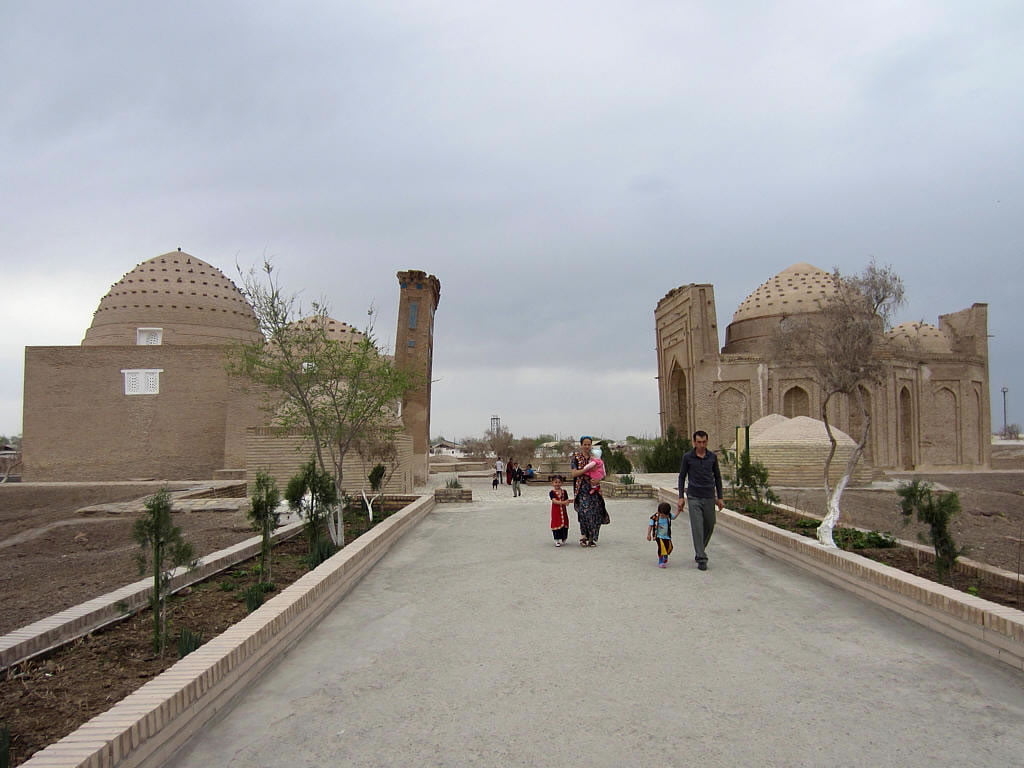The Legacy of Najm ad-Din Kubra and His Mausoleum
Najm ad-Din Kubra, a prominent 13th-century Khwarezmian Sufi, played a pivotal role in the development of Sufi metaphysics during his lifetime. Born in 1145 AD in Konye-Urgench, Kubra’s journey into Sufism began after his initial scholarly pursuits in hadith and kalam. His transformative Sufi journey commenced in Egypt under the guidance of Ruzbihan Baqli, marking the beginning of a lifelong dedication to the Sufi way of life. Kubra’s teachings and writings, particularly on the analysis of visionary experiences, have left an indelible mark on the Islamic world, influencing the Ilkhanate and Timurid dynasty significantly.
Get your dose of History via Email
The Kubrawiya Order
Kubra’s establishment of the Kubrawiya order represented a significant development in Sufi practice, focusing on the analysis and explanation of spiritual visionary experiences. Despite its initial lack of popularity, the order’s influence spread across the Middle East and Central Asia, contributing to a “golden age” of Sufi metaphysics. The Kubrawiya’s teachings, emphasizing mystical psychology and the importance of zikr for spiritual visions, played a crucial role in the spiritual life of its followers. The order’s influence, however, waned by the 15th/16th century, overshadowed by the emergence of the Naqshbandiya during the Ottoman Empire.

The Mausoleum of Najm ad-Din Kubra
The mausoleum of Najm ad-Din Kubra, located in Konye-Urgench, Turkmenistan, stands as a testament to his enduring legacy. Constructed over a century after his death in 1221 AD during the Mongol invasion, the mausoleum was commissioned by Qutlugh Timur, the governor of Golden Horde Khorezm. This architectural marvel, built from thin yellow fired bricks, features a 12-meter high portal leading to a twin-domed entry vestibule and a main burial chamber adorned with large arched niches and illuminated by small screened windows.
The burial chamber houses the double sarcophagus of Najm ad-Din Kubra, with legends suggesting one contains his body and the other his head, a grim reminder of his beheading by the Mongols. Despite the passage of time and the partial restoration efforts in 1950, the mausoleum remains a significant pilgrimage site, attracting many local pilgrims to this day.
Kubra’s Influence Beyond Sufism
Najm ad-Din Kubra’s teachings and practices bear striking similarities to certain yoga practices, particularly in their focus on prayer, fasting, seclusion, and visionary states. While there is no direct evidence of Kubrawiya’s influence on Hatha Yoga, the mutual influences between Sufism and Indian yoga practices highlight a shared pursuit of spiritual experiences and divine connection.
Conclusion
Najm ad-Din Kubra’s contributions to Sufi metaphysics and his establishment of the Kubrawiya order have left a lasting impact on the Islamic spiritual landscape. His mausoleum in Konye-Urgench not only serves as a physical reminder of his legacy but also as a symbol of the enduring influence of his teachings on spiritual practices beyond the confines of Sufism. As we reflect on his life and works, it becomes evident that Najm ad-Din Kubra’s vision transcends time, continuing to inspire and enlighten those on the spiritual path.
Sources:

